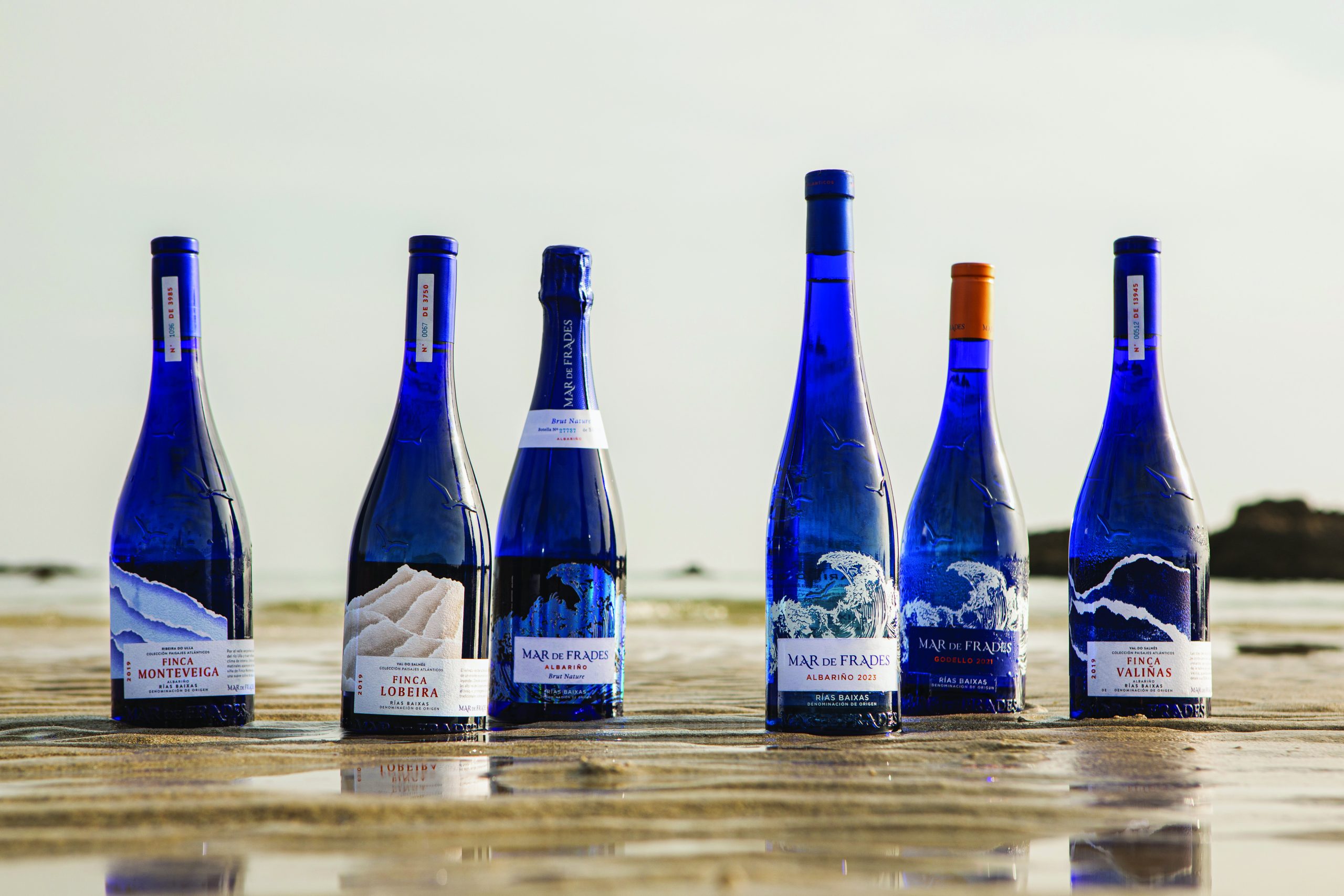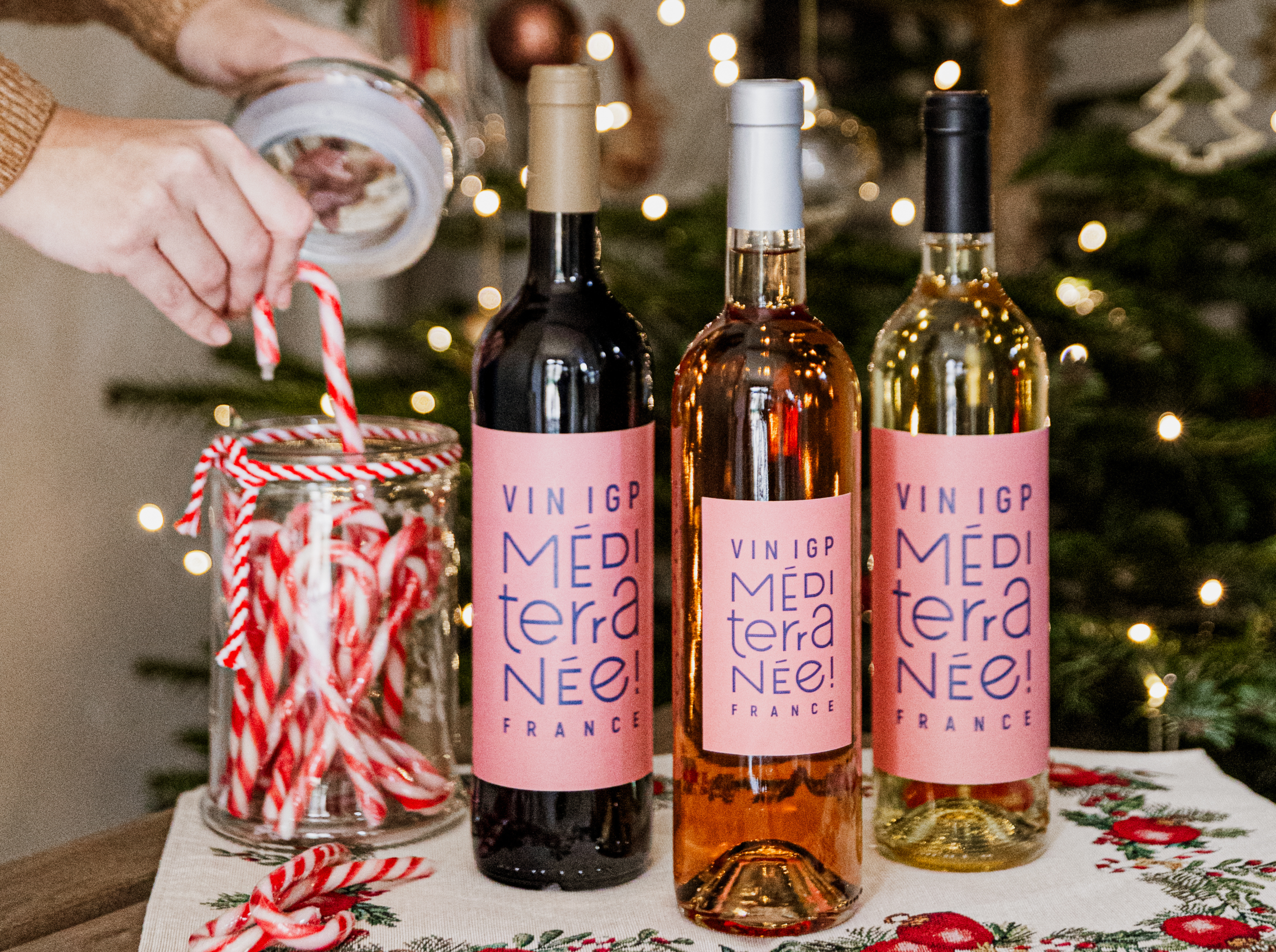The value of being happy
The recent inflow of funds into the gold market has attracted a lot of commentary, and not without reason. Last Monday the largest gold backed ETF saw a surge of daily activity greater than any since 2011.
Holdings in SPDR Gold are the highest since 2013. This is all driven by concerns about global economic growth and how paltry returns are elsewhere, especially for cash deposits with interest rates at record lows.
This highlights something very interesting. One of the barbs often launched in the direction of fine wine investment is that since fine wine has no inherent value, it is impossible to evaluate. Undeniably, the beauty of wine is in the eye of the beholder. It is a drink, after all. It throws off no cash, unless you make a capital gain (free of tax!), and pays no dividends.
But at this point a philosophical question arises, in respect of inherent value. Can something which pays no dividends have any inherent value? What, for example, is the difference between value and utility?
There can be no doubting the fact that an awful lot of things we rely on for our day to day existence pay no cash dividends, but pay immeasurable dividends in other ways. Take food, for example, without which we’d be in a spot of bother. Means of transportation? Last I heard I had to pay for a train ticket to anywhere to save me the trouble of having to thumb a lift, but I don’t get anything back on it when I chuck it in the bin after I’ve arrived at my destination.
Even inflammatory things, if you’ll pardon the pun, like weapons, used in the right way, can save your life, or, reductio ad absurdum, the ability to swim faster than the crocodile chasing you. None of these things pay dividends in the inherent value sense, as it pertains to owning stocks and shares, but the fact that they have inherent value is incontestable.
In the case of fine wine, aside from being a drink, what value can you put on the happiness drinking it brings? At his latest annual meeting Warren Buffett defended his propensity to drink Coca Cola (fully 700 calories per day’s worth!) by arguing that it makes him happy to do so, and being happy makes you live longer. I’ve lost count of the number of scientific studies proving the beneficial effects of a glass or two of red wine a day.
Crucially, of course, there are also countless relative value arguments to back up the case for investing in a market like fine wine, so we can move one step beyond wondering whether someone should or should not pay as much as £13,000 for a case of Mouton 2000, because the simple fact of the matter is, they do! I wouldn’t pay £75 million for ‘The Scream’ but who in that space cares a fig what I might think?
Just before going to press last week the Liv-ex 1000 sub index monthly returns were released, and we noted the flicker of interest in the Rhône 100. It is also worth mentioning that Burgundy declined a tad, in fact over the last six months the Burgundy sub index is the only one to have declined, with Bordeaux leading the way up.
Burgundy is highly complex from an investment perspective. The difficulty is that the market for Burgundy is so fragmented and most producers offer such tiny volumes every year, that the secondary market is compromised. It has been a fabulous ride in Burgundy over the last few years, but you can’t help feeling that it has been a ride enjoyed by very few.
At Amphora our sense is that Burgundy is the preserve of the collector, rather than the investor. Such investors as we know have been trying to sell the likes of Romanée-Conti and La Tâche in recent times have really struggled to find a suitable bid. There is no doubt that fortunes have been made by clients of Corney and Barrow as a result of their allocations, Corney being sole importer for DRC, but beyond that it is hard to find many happy holders.
Wines from the Rest of the World had a decent month again, and last week we mentioned that Dominus looked undervalued across the board in a relative sense. Actually this is the best performing sub index over the last five years, rising 27% to Burgundy’s 24%.
Partner Content
We should also highlight in that sector that offers seem to be evaporating for the Australian, Penfolds Grange 2008, the only non-European wine to have been awarded 100 points from both Robert Parker and Wine Spectator.
In this chart you can see actual trades through the Liv-ex exchange represented by the red dots, whilst the blue line is the “market price”, which is an amalgam of “respectable” merchant offer prices. It is clear which direction the merchant fraternity think the market for this wine is heading.
Most vintages of Penfolds Grange are quite thinly traded at present, but offers listed on the Liv-ex exchange don’t tend to stay there very long. They tend to be available in packs of six, and if you shop around you will see that offers vary quite widely in price.
Aside from the perfect 2008 there is a great 99 pointer in 2010, as well as 98s from 2001, 2002, 2004, and 2006, so there are plenty of options for the discerning investor!
This chart illustrates the inherent volatility in the more thinly traded wines, and the importance of both shopping around and taking advantage of price movements when they occur.
Philip Staveley (pictured) is head of research at Amphora Portfolio Management. After a career in the City running emerging markets businesses for such investment banks as Merrill Lynch and Deutsche Bank he now heads up the fine wine investment research proposition at APM. www.apmwineinvestment.co.uk




